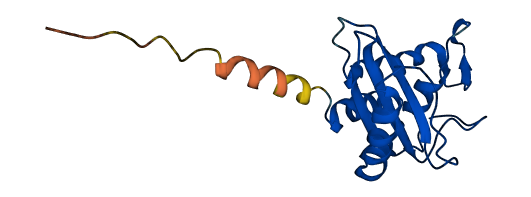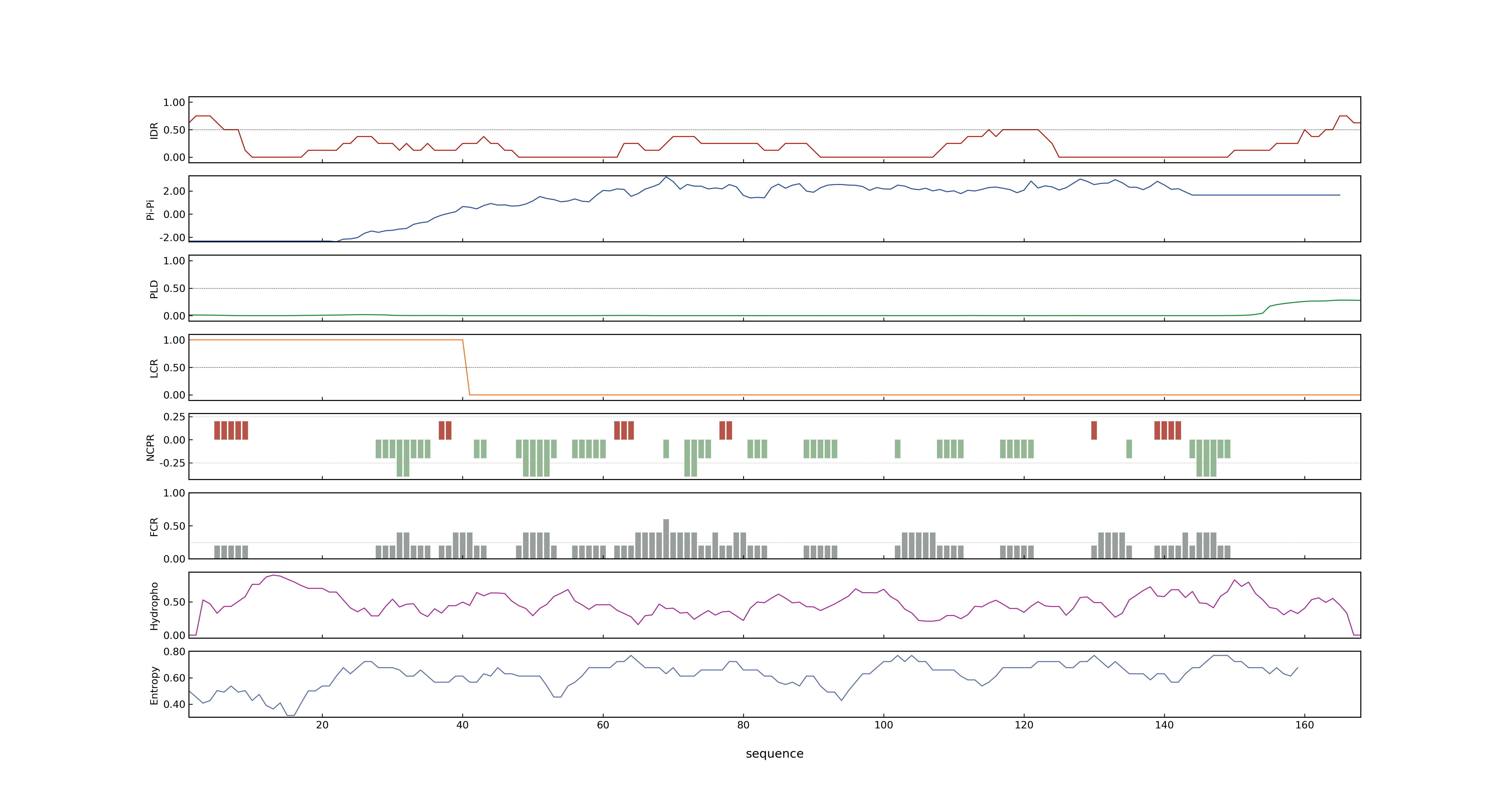- Information
- Symbol: OsPR1a,OsSCP
- MSU: LOC_Os07g03710
- RAPdb: Os07g0129200
- PSP score
- LOC_Os07g03710.1: 0.3659
- PLAAC score
- LOC_Os07g03710.1: 0
- pLDDT score
- 90.48
- Protein Structure from AlphaFold and UniProt
- MolPhase score
- LOC_Os07g03710.1: 0.01237668
- MolPhase Result
- Publication
- A novel rice Oryza sativa L. acidic PR1 gene highly responsive to cut, phytohormones, and protein phosphatase inhibitors, 2000, Biochem Biophys Res Commun.
- Overexpression of the rice EREBP-like gene OsBIERF3 enhances disease resistance and salt tolerance in transgenic tobacco, 2005, Physiological and Molecular Plant Pathology.
- Involvement of OsNPR1/NH1 in rice basal resistance to blast fungus Magnaporthe oryzae, 2011, European Journal of Plant Pathology.
- Suppression of expression of the putative receptor-like kinase gene NRRB enhances resistance to bacterial leaf streak in rice, 2014, Mol Biol Rep.
- Opposite functions of a rice mitogen-activated protein kinase during the process of resistance against Xanthomonas oryzae, 2010, Plant J.
- Inducible overexpression of a rice allene oxide synthase gene increases the endogenous jasmonic acid level, PR gene expression, and host resistance to fungal infection, 2006, Mol Plant Microbe Interact.
- Functions of rice NAC transcriptional factors, ONAC122 and ONAC131, in defense responses against Magnaporthe grisea, 2013, Plant Mol Biol.
- Genbank accession number
- Key message
- A novel rice acidic pathogenesis-related (PR) class 1 cDNA (OsPR1a) was isolated from jasmonic acid (JA)-treated rice seedling leaf
- SA and abscisic acid blocked JA-induced OsPR1a transcript
- The OsPR1a gene was found to be cut-inducible, whereas the phytohormones JA, salicylic acid (SA), 3-indoleacetic acid, gibberellin, and ethylene (using ethylene generator ethephon, ET) enhanced accumulation of OsPR1a transcript, as well as the protein phosphatase inhibitors cantharidin (CN) and endothall (EN)
- This is the first report on cloning of a rice acidic PR1 gene (OsPR1a), which is regulated by phytohormones, phosphorylation/dephosphorylation event(s), and light
- The OsPR1a cDNA is 830 bp long and contains an open reading frame of 507 nucleotides encoding 168 amino acid residues with a predicted molecular mass of 17,560 and pI of 4
- Connection
- OsPR1a~OsSCP, OsWRKY13~WRKY13, Suppression of expression of the putative receptor-like kinase gene NRRB enhances resistance to bacterial leaf streak in rice, Furthermore, transcription of some salicylic acid synthesis-related and pathogenesis-related genes including PAD4, PR1a and WRKY13 in transgenic plants was activated, implying that enhanced resistance to BLS might be mediated by the activation of the SA signaling pathway
- ONAC131, OsPR1a~OsSCP, Functions of rice NAC transcriptional factors, ONAC122 and ONAC131, in defense responses against Magnaporthe grisea, OsLOX, OsPR1a, OsWRKY45 and OsNH1) were down-regulated in plants silenced for ONAC122 or ONAC131 expression via the BMV-based silencing system
- OsNPR1~NH1, OsPR1a~OsSCP, Functions of rice NAC transcriptional factors, ONAC122 and ONAC131, in defense responses against Magnaporthe grisea, OsLOX, OsPR1a, OsWRKY45 and OsNH1) were down-regulated in plants silenced for ONAC122 or ONAC131 expression via the BMV-based silencing system
- OsPR1a~OsSCP, OsWRKY45~WRKY45, Functions of rice NAC transcriptional factors, ONAC122 and ONAC131, in defense responses against Magnaporthe grisea, OsLOX, OsPR1a, OsWRKY45 and OsNH1) were down-regulated in plants silenced for ONAC122 or ONAC131 expression via the BMV-based silencing system
- ONAC122~OsNAC10, OsPR1a~OsSCP, Functions of rice NAC transcriptional factors, ONAC122 and ONAC131, in defense responses against Magnaporthe grisea, OsLOX, OsPR1a, OsWRKY45 and OsNH1) were down-regulated in plants silenced for ONAC122 or ONAC131 expression via the BMV-based silencing system
- OsMPK6~OsMPK4, OsPR1a~OsSCP, Opposite functions of a rice mitogen-activated protein kinase during the process of resistance against Xanthomonas oryzae, Xoo infection induced the expression of PR1a, the marker gene of systemic acquired resistance (SAR), in systemic health tissues of OsMPK6-knock-out plants
Prev Next

